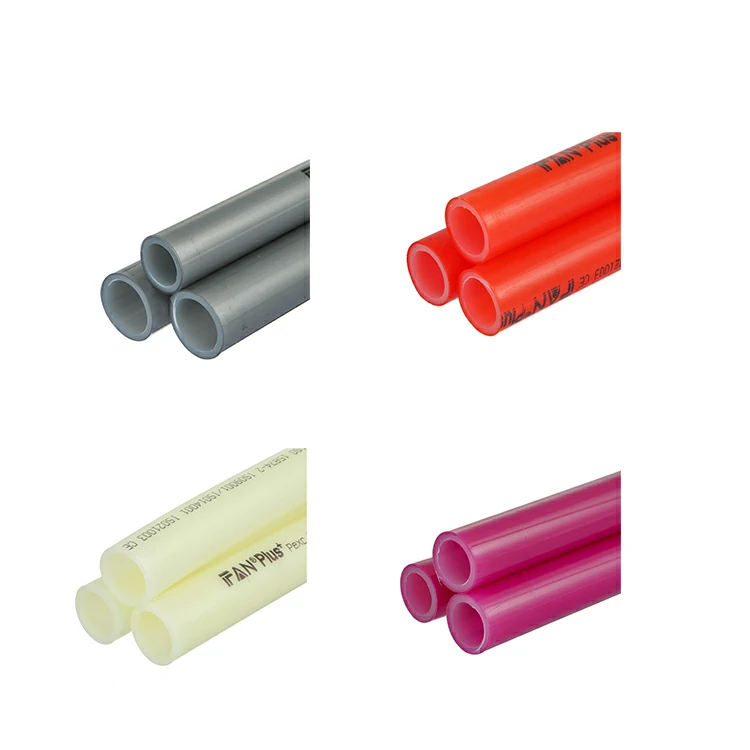Introduction to Underfloor Heating Systems
Underfloor heating systems are efficient for distributing heat evenly across indoor spaces.
These systems use warm water running through a network of pipes.
The pipes are usually installed beneath flooring materials like tile, wood, or laminate.
One concern many users have is the possibility of pipe blockages.
Blocked underfloor heating pipes can reduce performance and create cold spots.
Understanding the causes and signs of blockage is essential for long-term efficiency.
This article explains how blockages occur and how to prevent them.
It will also cover maintenance strategies and repair options for homeowners.
What Causes Blockages in Underfloor Heating Pipes?
Several factors can cause blockages in underfloor heating pipes.
Poor water quality is one of the main contributors.
High mineral content may lead to limescale buildup inside the pipes.
In oxygen-rich systems, corrosion can occur, creating sludge or rust particles.
These contaminants collect over time, restricting water flow.
In closed-loop systems, insufficient inhibitors may allow bacteria or algae growth.
Incorrect installation can also cause pipe deformation or kinking.
These deformities may trap debris and reduce water circulation.
Signs Your Underfloor Heating Pipes Are Blocked
Early detection of blockages helps avoid system failure.
One obvious sign is uneven heating across the floor surface.
Cold spots or rooms not reaching desired temperatures may appear.
The heating system may take longer to warm up.
You might notice higher energy bills due to reduced efficiency.
Noise in the pipes, such as gurgling, may indicate trapped air or debris.
Reduced water flow rates are also common indicators.
If left untreated, the blockage can worsen and damage components.
How to Prevent Blockages in the First Place
Preventing blocked underfloor heating pipes begins with using clean, treated water.
Installing a good-quality water treatment system is essential.
This reduces mineral content and slows down corrosion.
Add chemical inhibitors to prevent bacterial and algae growth.
System flushing during installation removes construction debris or dust.
Always follow manufacturer guidelines for cleaning and filling the system.
Use proper pipe materials compatible with underfloor heating systems.
Routine maintenance will further reduce blockage risks over time.

Flushing and Cleaning Methods
If blockages are suspected, professional flushing may restore full system flow.
Power flushing uses high-speed water to dislodge debris inside pipes.
Sometimes, chemical cleaning agents are added to break down sludge.
The process is safe when conducted by trained technicians.
After flushing, new inhibitor fluid is added to protect the system.
It’s recommended to flush the system every few years.
The frequency depends on usage and water quality in the area.
Keep records of maintenance to track system performance.
Repair Options for Severely Blocked Pipes
In extreme cases, flushing may not solve the issue.
Severely blocked underfloor heating pipes may require replacement sections.
Thermal imaging helps locate the exact point of the blockage.
Once located, the affected area can be carefully excavated.
Damaged pipe sections are removed and replaced with new ones.
Ensure the new pipe matches the existing system specification.
After repairs, test the system for leaks and flow.
Proper reinstallation ensures long-term performance is restored.
Importance of Professional System Design
Many blockage issues stem from poor system design.
Proper planning helps avoid future problems with underfloor heating pipes.
Pipes should be evenly spaced and appropriately looped.
The manifold must be correctly sized and installed.
Flow rates and temperatures should be calibrated to prevent scaling or corrosion.
A poorly balanced system puts extra pressure on components.
Professional installers understand material compatibility and best practices.
Investing in quality design reduces maintenance needs over time.
Conclusion: Keep the Heat Flowing
Blocked underfloor heating pipes can reduce comfort and increase energy use.
Common causes include limescale, corrosion, and biological growth.
Early signs such as uneven heating or noise should not be ignored.
Preventive maintenance, including water treatment and system flushing, is essential.
Professional assessment ensures thorough cleaning or repairs when needed.
With proper care, underfloor heating systems remain efficient and reliable.
Don’t wait for cold spots—keep your system flowing freely and your home warm.
A proactive approach ensures comfort throughout the heating season.

